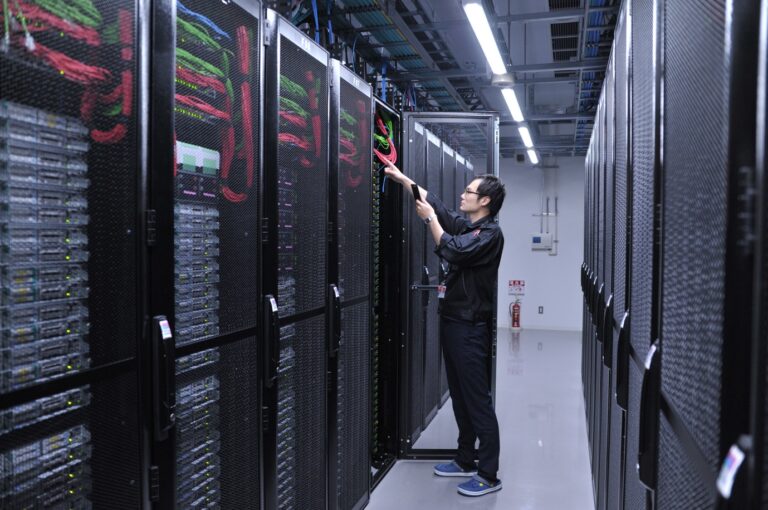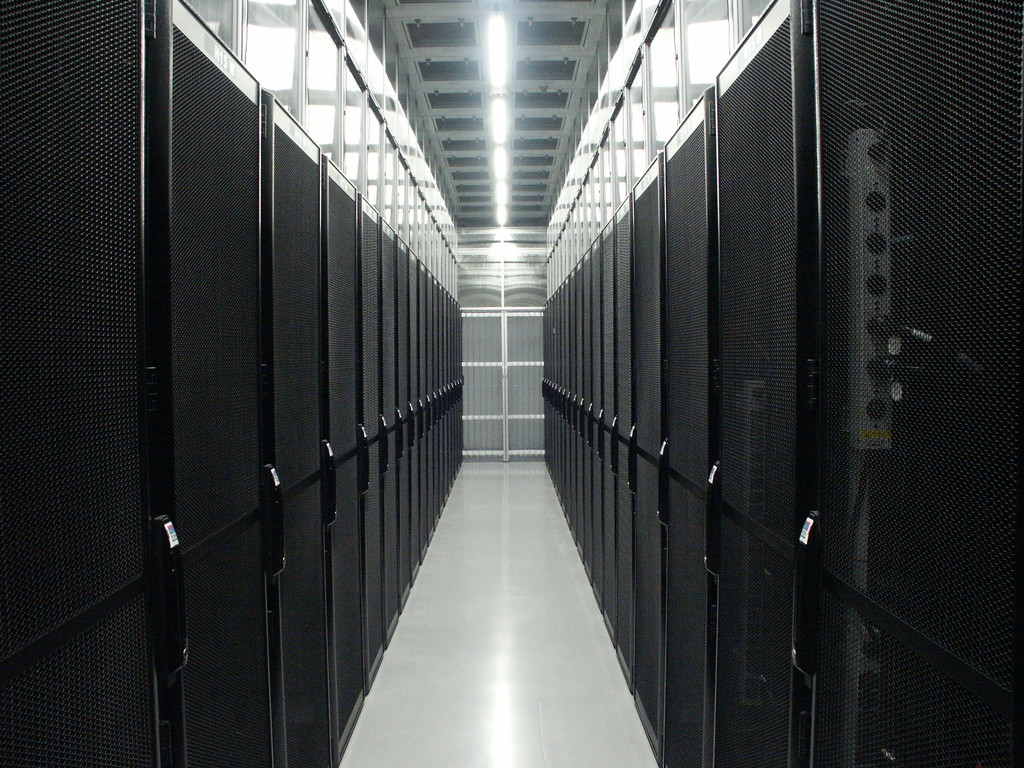The Arctic and the North have become a hotbed for the establishment of data centers in recent decades, in no small part because of the naturally cold climate. This trend is likely to continue, as data centers are vital to an increasingly digital world. Associate Professor Juha Saunavaara of the Arctic Research Center spoke about how data centers in the North contribute to their local communities and how they are preparing for the threat of climate change.
(The background image at the top is courtesy of SAKURA internet Inc.)

Data centers, the backbone of a digital world
Modern societies are undergoing two transformations, the digital transformation (DX) and the green transformation (GX). Data centers are at the crux of these transformations, as they provide the digital infrastructure and vast amounts of computing power that DX requires, while consuming huge amounts of electricity, the sources of which can be anything from fossil fuels to renewable energy.

As especially highlighted during the pandemic, work and leisure in modern societies are reliant on the internet, which in turn hinges on digital infrastructure. As key parts of digital infrastructure, data centers help conserve electricity: should the computing power located in data centers be distributed to the points of use across billions of devices, the overall consumption of energy would be vastly greater.

Why data centers in the North are desirable
In terms of externalities, data centers require two major things: electricity and cooling, and access to the submarine communications cable network.
The North has a naturally cold climate, and there are large amounts of land in these regions. The cold climate makes it easier to cool data centers in the North. In practice, this has amounted to an overall energy savings of about 30% to 40%. In addition, the North is sparsely populated. Since data centers also value security and privacy, these regions are more appealing.

Trends in the data center industry
Data centers generate a lot of waste heat. In Kajaani, Finland, the Large Unified Modern Infrastructure (LUMI) supercomputer cluster has been connected to the heating network of the business park where it is located. LUMI is powered entirely by hydroelectricity from the Kajaani electric grid, and its waste heat will heat the business park; hence, this makes it one of the most environmentally efficient supercomputers in the world.
As late as the early 2000s, it was predicted that the data center industry would consume as much as 5% of all the electricity produced globally. This prediction did not come to pass as innovations and technical advancements allowed the data center industry to become far more energy efficient than was thought possible.
Taking Japan as an example, about 61% of the data centers in the country are situated in and around Tokyo, and another 24% are situated in Osaka. Should a major disaster occur in either of these cities, access to the internet would effectively be cut off. The Japanese government has recognized these risks and has enacted initiatives to decentralize data centers.
Nature as conceptualized by data center operators
On the one hand, data centers are, by design, separated from nature with their interior climate completely quantified and tightly regulated. Nature is broken down into measurable variables.
On the other hand, data centers occupy large areas of land, consume significant amounts of electricity and generate lots of waste heat. Hence, they have a noticeable effect on the environment. Their necessity means that the relationship between data centers and nature is complicated.

Data center and climate change
Data centers are built to be extremely robust with climate-controlled interiors, and with key systems possessing many redundancies. However, their externalities – electricity and the connection to the submarine communication cable network – are also their greatest weaknesses. Should the link to either of these be severed, a data center is effectively without purpose.
While hotter summers and winters are unlikely to have an effect on data centers in the short term, disasters and extreme weather events have already negatively affected data centers in multiple places across the world. Due to the Great Tohoku Earthquake in 2011, the submarine communication cables connecting data centers in Japan and North America were damaged. During the 2017 wildfires in California, US, a data center was nearly burnt down.

Data center companies have typically drawn electricity from the local grid where they are situated, which has driven the establishment of data centers in locations with cheap electricity or policies that offer electricity subsidies to data centers. More recently, data centers have begun purchasing power from nearby renewable energy producers and building their own renewable power generation units on-site, mostly solar energy.
There is a lack of transparency in exactly how data centers are using renewable electricity. In locations where renewable energy is abundant and cheap, market forces dictate that data centers will move to renewable energy. However, it is not sufficient to rely on market forces, and many municipalities and governments are enacting legislation to ensure data centers utilize renewable energy.
In the long term, I’m dreaming of a data center ecosystem here in Hokkaido, where we have researchers actively collaborating with companies that are committed to projects that reflect our latest knowledge concerning energy efficiency, reuse of so-called waste heat — an overall understanding of the lifetime environmental impact of data centers.

Telegraph and telephone influenced data centers
The submarine communications cables network started out as the telegraph network in the mid-1800s. By the 1900s, the network connected every continent in the world, except Antarctica.

Over time, the telegraph was supplanted by the telephone, which in turn has been replaced by the internet. Copper and gold wires were replaced by optical fiber cables. However, the routes of the submarine cable network are almost exactly the same as the original undersea routes, with more branches to more landing points.
Thus, the decisions from over a century ago have influenced the location of a number of data centers.
Written by Sohail Keegan Pinto
Published on August 4, 2025


